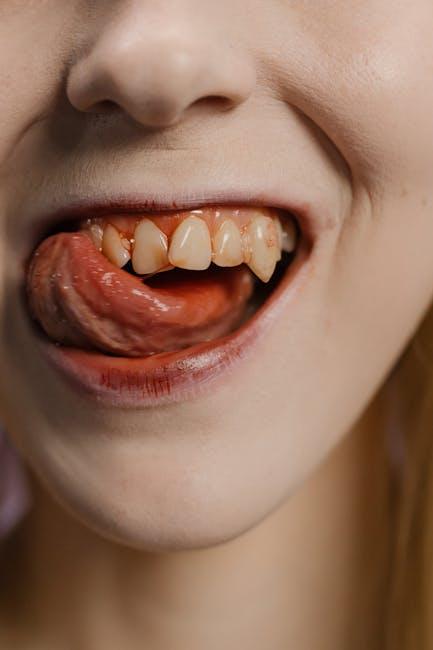
Does Medicaid Cover Dental? Orthodontics, Common Procedures & State Coverage
If you’re wondering does Medicaid cover dental care, you’re not alone. Many individuals and families rely on Medicaid to help with their healthcare costs — but dental coverage under Medicaid can be a bit complex. In this article, we’ll break down what dental services are typically covered by Medicaid, including orthodontics, common dental procedures, and how coverage varies by state. We’ll also offer practical tips to help you make the most of your Medicaid dental benefits.
Understanding Medicaid Dental Coverage
Medicaid is a state and federally funded program designed to provide healthcare to eligible low-income individuals and families. While Medicaid must cover dental services for children under the Early and Periodic Screening, Diagnostic and Treatment (EPSDT) benefit, adult dental coverage is more variable. Each state has the flexibility to decide what dental services are covered for adults.
Dental care can include a wide range of services — from preventive cleanings to root canals and even orthodontic treatment. Let’s explore how Medicaid dental coverage breaks down.
Dental Coverage for Children vs. Adults
- Children: Medicaid mandates that dental services are covered for individuals under 21 through EPSDT. This often includes preventive care, diagnostic exams, fillings, extractions, and sometimes orthodontics.
- Adults: Coverage varies dramatically state to state. Some states offer extensive dental benefits, while others provide emergency-only services or no dental coverage at all for adults.
Common Dental Procedures Covered by Medicaid
Medicaid typically covers essential dental services, especially for children. However, the availability of coverage for specific procedures depends on your state. Here are commonly covered dental care services under Medicaid:
- Preventive Services: Routine cleanings, fluoride treatments, sealants, and oral exams.
- Diagnostic Services: X-rays, oral exams, and screenings.
- Restorative Care: Fillings, crowns, and root canals.
- Oral Surgery: Tooth extractions and other minor surgeries.
- Emergency Dental Services: Treatment of infections, pain relief, and trauma care.
- Orthodontics: This is often limited and usually only covered if medically necessary (such as for severe bite issues or craniofacial anomalies).
Orthodontics and Medicaid: Are Braces Covered?
Orthodontic treatments like braces can be expensive, and many Medicaid enrollees wonder whether they qualify for coverage. The answer is that Medicaid coverage for orthodontics is often limited and varies widely by state.
In most cases, Medicaid only covers orthodontics if:
- There is a clear medical need (such as cleft palate or severe jaw malformations).
- Treatment is necessary to improve oral function.
- Coverage must be pre-approved with documented medical necessity.
For cosmetic or mild orthodontic needs, Medicaid typically does not provide coverage. If braces are not covered, you might consider dental discount programs or speak with orthodontists who offer payment plans.
State Medicaid Dental Coverage At A Glance
Because Medicaid is administered by states, coverage for dental services changes depending on where you live. The table below summarizes adult dental coverage across states, using three main categories:
| State | Adult Dental Coverage | Orthodontics Coverage |
|---|---|---|
| California | Comprehensive | Medically Necessary Only |
| Texas | Emergency Only | Not Covered |
| New York | Comprehensive | Medically Necessary Only |
| Florida | Limited | Not Covered |
| Ohio | Comprehensive | Medically Necessary Only |
| Alaska | No Coverage | Not Covered |
Visit your state’s Medicaid website or contact your Medicaid office to learn the specifics of dental coverage where you live.
Benefits of Medicaid Dental Coverage
Having dental coverage through Medicaid offers several important benefits, including:
- Improved Oral Health: Early preventive care reduces risk of tooth decay, gum disease, and other oral infections.
- Access to Emergency Care: When dental pain or infections strike, Medicaid can provide necessary treatments.
- Cost Savings: Medicaid can significantly lower or eliminate out-of-pocket dental costs.
- Better Overall Health: Oral health is linked to overall health, including heart disease and diabetes management.
Practical Tips to Maximize Your Medicaid Dental Benefits
To make the most of your Medicaid dental coverage, consider the following:
- Schedule Regular Check-ups: Preventive care helps avoid costly procedures.
- Confirm Your Provider Accepts Medicaid: Not all dentists accept Medicaid, so verify first.
- Understand Your State’s Coverage: Know which procedures are covered and any limits on visits or annual caps.
- Request Prior Authorization for Orthodontics: If you believe you qualify for braces, check with Medicaid for approval requirements.
- Keep Good Records: Track appointments, treatments, and correspondence with Medicaid.
Conclusion: Does Medicaid Cover Dental? The Bottom Line
The question, does Medicaid cover dental?, depends heavily on your age and where you live. While dental care is a required benefit for children enrolled in Medicaid, adult dental coverage varies significantly by state. Orthodontic services are generally limited to medically necessary cases and are not commonly covered for cosmetic purposes.
If you rely on Medicaid for dental coverage, it’s essential to understand your state’s specific benefits, find providers who accept Medicaid, and prioritize preventive care to maintain oral health. For more detailed, personalized information, always reach out to your state Medicaid office or a licensed insurance agent.
Empowered with the right knowledge, you can better navigate Medicaid dental coverage and ensure your smile stays healthy and bright!


